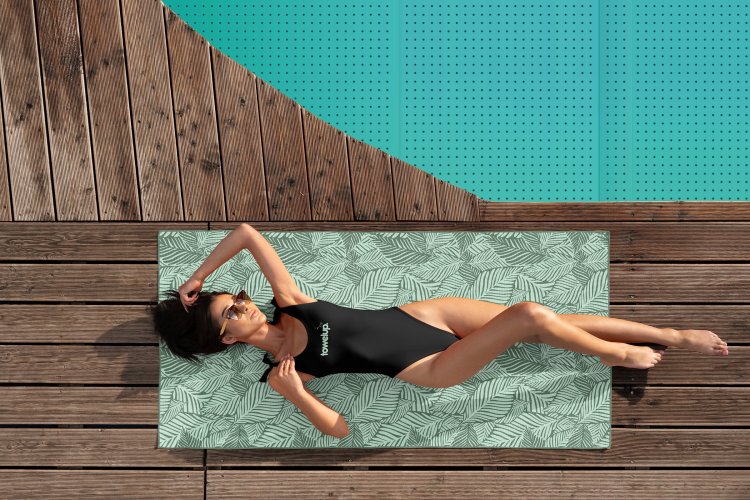Monokini vs. Bikini: Unveiling the Beachwear Dilemma
Dive deep into the stylish world of swimwear as we dissect the similarities and differences between the monokini and bikini. Learn about their origins, design philosophies, and how to choose the perfect beachwear for your next seaside escapade.

The bikini and monokini, two staples of modern beachwear, offer distinct styles, comfort, and expressions of fashion. Despite sharing a common realm, these swimwear choices cater to varied preferences and aesthetics. This blog aims to explore the contrasts and paralleled features of monokinis and bikinis, providing insights to help you make an informed beachwear selection.
Origin and Evolution
The bikini, introduced in 1946 by French designer Louis Réard, shattered swimwear norms with its bold two-piece design, instantly becoming a symbol of liberation and style. Named after Bikini Atoll, where atomic tests were performed, its impact was as explosive in the fashion world as the tests were in their own right.
The monokini initially began as a topless swimsuit designed by Rudi Gernreich in 1964, intended as a statement against societal restrictions. Over time, it evolved into a more wearable form, commonly defined today as a one-piece suit with cutouts, blending innovation with tradition.
Design Philosophy
The bikini, celebrated for its versatility, consists of a separate top and bottom, allowing for mixed and matched styles, sizes, and patterns. Its minimal coverage facilitates maximum sun exposure and ease of movement, making it a favorite for sunbathing and active beach sports.
The monokini, on the other hand, offers a modern twist on the traditional one-piece swimsuit. Characterized by its innovative cutouts, the monokini provides a unique way to flaunt the body's form while offering more coverage than a bikini. Its design ranges from conservative to bold, catering to a spectrum of style preferences and body types.
Functionality and Comfort
Bikinis are often the go-to for those seeking minimal tan lines and greater freedom of movement. The separate pieces ensure practicality for different body types, allowing for a custom fit. However, the minimal coverage may not provide sufficient support for all, making bikinis less favorable for vigorous water activities.
Monokinis, with their singular construction, tend to offer more support and coverage. The strategic cutouts are designed to accentuate the body's curves, offering a stylish alternative to those who may shy away from the traditional bikini. Monokinis can be particularly flattering for those looking for a balance between modesty and allure.
Aesthetic Appeal
The bikini has maintained its status as a staple of swimwear fashion due to its simplicity and adaptability. Its appeal lies in the freedom it offers, allowing wearers to showcase their persona through endless combinations of patterns, colors, and styles.
Monokinis speak to a more daring and sophisticated aesthetic. The design's emphasis on silhouette and structure makes it a statement piece, ideal for those wishing to stand out. Its evolving designs continue to push the boundaries of swimwear fashion, offering a canvas for creativity and elegance.
Selecting between a monokini and bikini ultimately boils down to personal preference, comfort, and the occasion. Consider the following:
- Body Type: Choose a style that accentuates your best features and provides comfort.
- Activity: For active beach sports, bikinis offer freedom, while monokinis provide secure coverage.
- Fashion: Bikinis offer classic appeal, while monokinis serve bold, contemporary looks.
Whether you gravitate towards the classic charm of the bikini or the innovative allure of the monokini, both choices offer unique expressions of personal style and comfort.
What's Your Reaction?

































